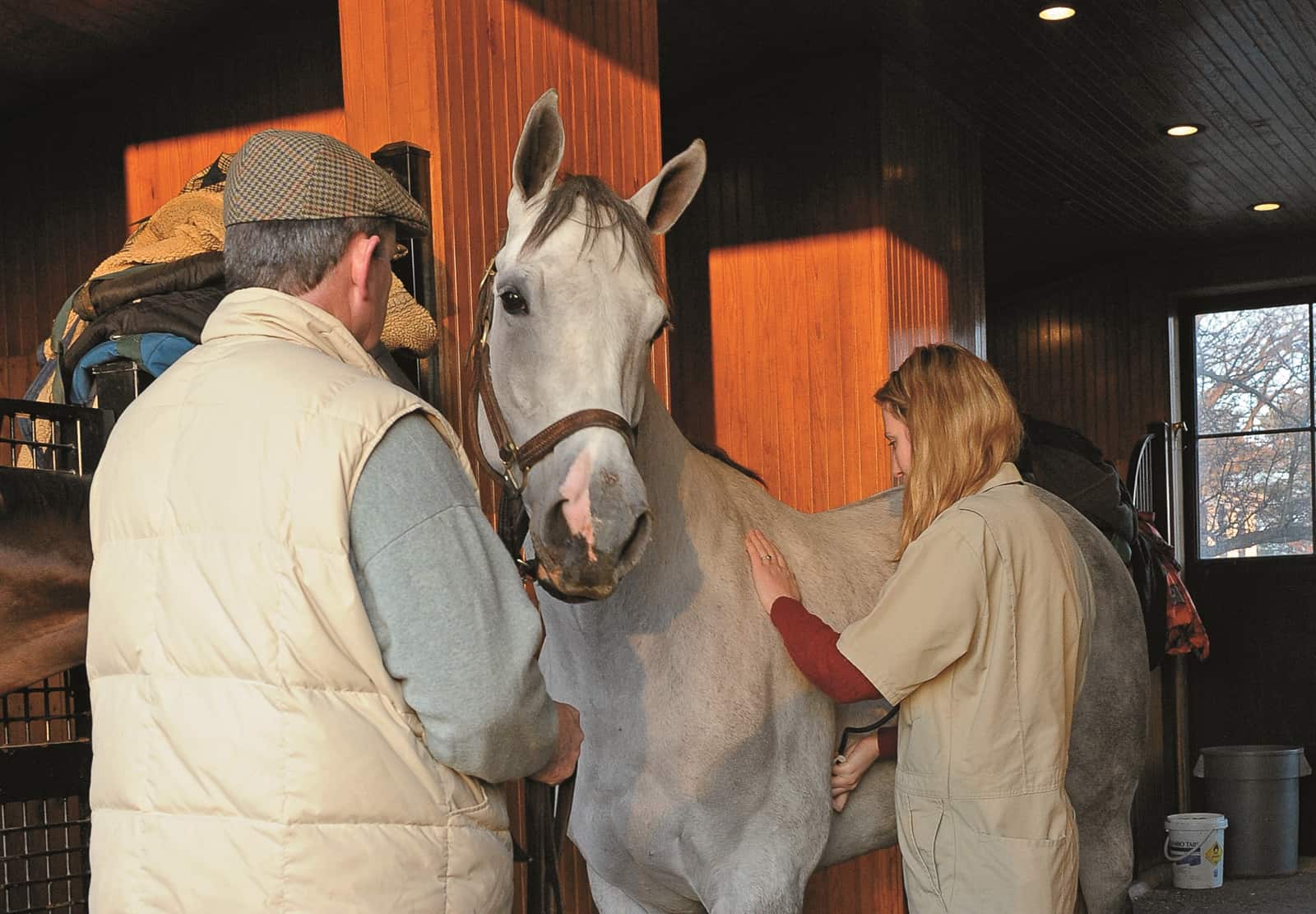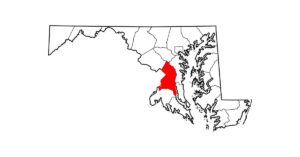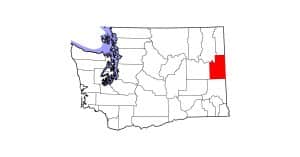What Does a ‘Free’ Horse Cost? Part 2

Now that you’ve acquired your freebie, here’s how to keep him healthy
You’ve discovered your diamond in the rough. That handsome horse you rescued (or found at an auction or on Craigslist or secured through a random giveaway) barely cost a penny and is now yours. Once he’s home, though, be prepared to start spending money on veterinary and farrier bills and even training fees.
In Part 1, we talked about whether a free (or nearly free) horse really ends up being a bargain and what a prospective owner should consider before taking one of these horses home. Now we’ll look at the steps you should take after you’ve acquired your free horse and how to keep him (and the rest of your herd) healthy.
The Fundamental First Exam
Keeping your new horse in good health starts with veterinary and farrier exams. Jennifer Williams, PhD, co-founder and president of Bluebonnet Equine Humane Society, in College Station, Texas, suggests scheduling the first veterinary and farrier visits for as soon as your horse arrives at his new home. These are even more crucial if the horse has an unknown health history and/or underlying lameness or illness TheHorse.com is home to thousands of free articles about horse health care. In order to access some of our exclusive free content, you must be signed into TheHorse.com. Already have an account?Create a free account with TheHorse.com to view this content.
Start your free account today!
and continue reading.
Written by:
Sarah Evers Conrad
Related Articles
Stay on top of the most recent Horse Health news with












